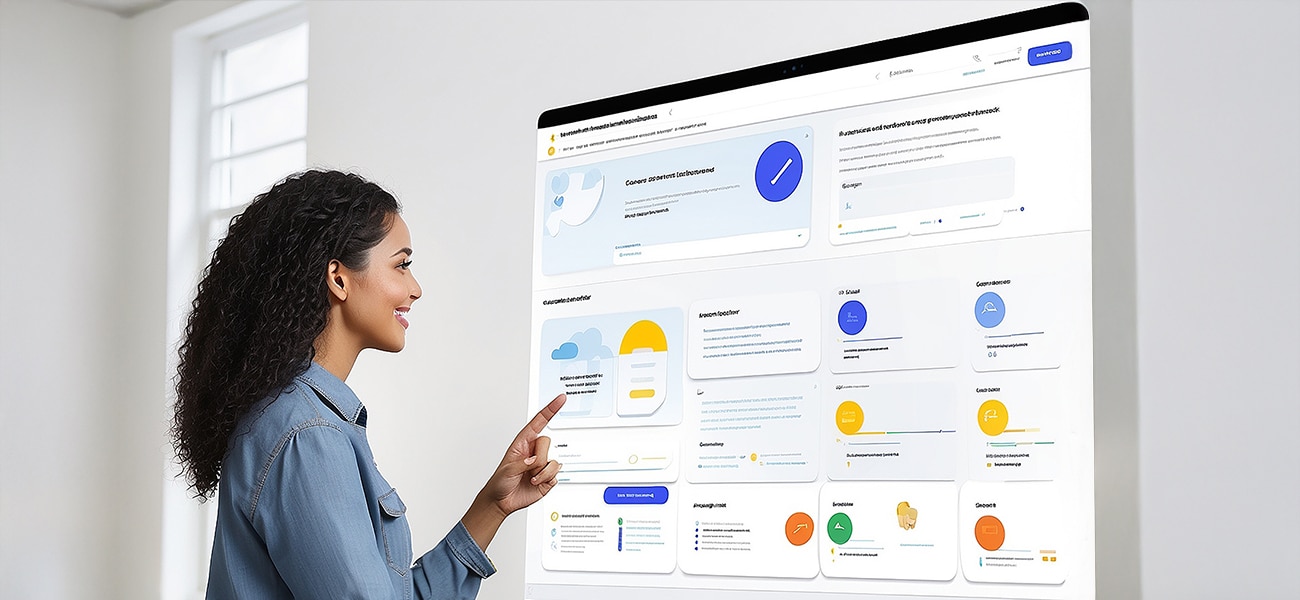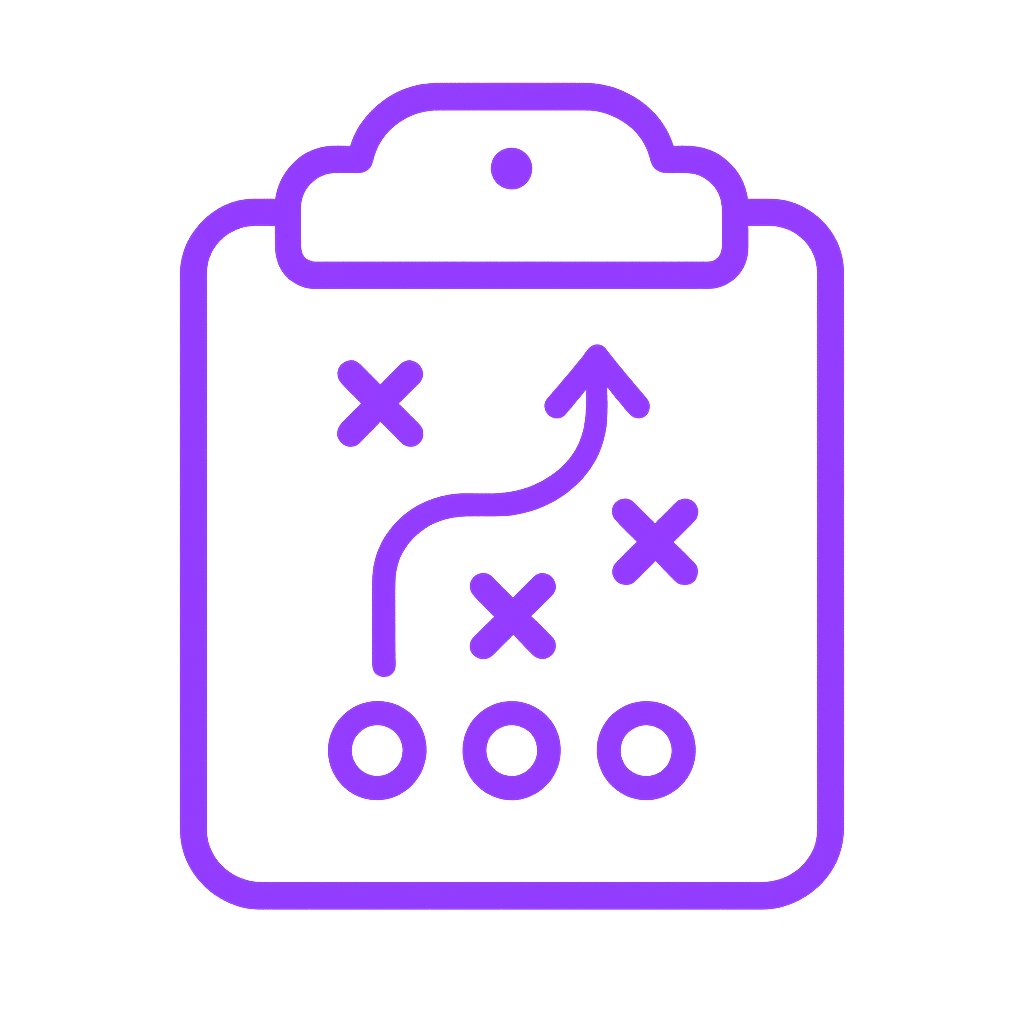
You’ve spent years refining your eCommerce business, improving products, optimizing marketing, and fine-tuning your website. Yet, despite your best efforts, a competitor suddenly takes the lead. Their products rank higher, ads convert better, and their brand dominates the market.
How did they do it? More importantly, how can you uncover the same growth opportunities?
Traditional competitor research requires hours of manual work—tracking website traffic, monitoring pricing, and analyzing social media trends. AI-powered competitor analysis changes the game by automating these processes, detecting patterns, and predicting trends before they become mainstream.
But AI competitor tracking isn’t just about monitoring competitors—it’s about outpacing them. AI transforms insights into strategic action by identifying market gaps, spotting emerging trends, and analyzing customer sentiment at scale.
This guide explores how AI-powered competitor analysis works, the best tools available, and real-world examples of brands that used AI to uncover their next big growth opportunity.
What Is AI-Powered Competitor Analysis?
Unlike traditional competitor research, which relies on outdated reports and manual data collection, AI-powered competitor analysis tracks, analyzes and predicts competitor strategies in real-time. AI automates the scanning of millions of data points across websites, social media, search trends, and customer reviews.
- Uncover pricing strategies before they impact market share.
- Detecting emerging product trends before competitors react.
- Identify customer sentiment shifts to refine messaging.
- Analyze competitor marketing tactics and adjust ad strategies.
Example: An AI-driven tool detected a spike in customer interest in “sustainable athleisure” before it became a mainstream trend. Brands leveraging AI adjusted their inventory, marketing, and messaging early, gaining market share before competitors noticed the trend.
AI competitor tracking isn’t just about keeping up. It’s about predicting shifts before they happen and responding strategically.
Aspect | Traditional Competitor Analysis | AI-Powered Competitor Analysis |
Data Sources | Manual research, industry reports, periodic updates | Real-time data from the web, social media, competitor sites |
Speed & Efficiency | Time-consuming, prone to delays | Automated, instantaneous insights |
Depth of Insights | Surface-level, historical trends | Granular, data-driven, predictive analytics |
Customization | Generic reports, limited adaptability | Customizable dashboards, tailored insights |
Decision-Making | Subjective, limited data | Data-driven, minimized bias, improved accuracy |
Competitive Edge | Reactive, after competitor moves | Proactive, anticipates market shifts |
Long-Term Benefits | Limited, short-term, outdated data | Builds data-driven culture, constant adaptation, strategic forecasting, and strengthened competitive positioning. |
Discover ImpelHub’s AI competitor analysis.
AI competitor analysis isn’t just about tracking rivals—it’s about uncovering untapped market opportunities that drive growth. Here’s how:

AI scans search queries, social media discussions, and purchasing behavior to detect shifts in consumer interest before trends hit the mainstream.
Example: Early AI trend analysis helped brands like Allbirds and Patagonia predict the rise of sustainable fashion. Adjusting their product lines and marketing strategies early, they secured a first-mover advantage while competitors lagged.
2. Spotting Underserved Markets That Competitors Overlook

AI identifies gaps in market demand by analyzing demographic data, customer sentiment, and purchasing behavior across multiple platforms.
Example: A fitness brand used AI analysis to discover that women over 50 were an untapped market for strength training equipment. Adjusting their product offerings and marketing campaigns, the brand saw a 35% sales increase in six months.
3. AI-Driven Personalization for Precision Targeting

AI enables hyper-personalization at scale, helping businesses reach the right audience with the right message at the perfect time.
Example: Nike’s AI-powered personalization strategy analyzes past purchases, workout habits, and running speed from its fitness apps. This enables tailored recommendations, exclusive discounts, and early access to new product drops, increasing customer retention and lifetime value.
Check out our case study on how ImpelHub empowers businesses with AI-driven competitor analysis.
How ImpelHub Helps Businesses Uncover Growth Opportunities
A Comprehensive Competitor Analysis

A comprehensive competitor analysis systematically evaluates direct, indirect, and emerging competitors by examining their market positioning, product and service offerings, target audience, and overall industry strategy. The goal is to understand their strengths and weaknesses so that they can make informed business decisions that improve their competitive advantage.
Businesses that fail to monitor competitors risk losing market share, missing emerging trends, and struggling to differentiate their offerings. A thorough competitor analysis helps firms:
- Identify market leaders and disruptors to anticipate shifts in competitive dynamics.
- Spot weaknesses in competitors’ strategies and use them as opportunities for growth.
- Understand target audience behavior and refine marketing messages accordingly.
- Stay ahead of new entrants who could potentially disrupt the industry.
How It’s Done:
Industry Positioning Analysis Involves evaluating where competitors stand in the market by analyzing their market share, revenue segments, and brand reputation. This structured approach helps in understanding competitive strength and identifying strategic opportunities.
We categorize competitors into three revenue segments:
Typically niche or emerging players with limited brand recognition but high potential for disruption.
Established businesses with steady growth, moderate brand awareness, and a focus on differentiation.
Dominant players with significant market share, strong brand reputation, and extensive resources for expansion.
A similarity score is used to refine the analysis further to measure how closely aligned competitors are based on industry focus, revenue trends, brand reputation, and competitive differentiation. This helps benchmark performance, identify market gaps, and refine strategic positioning.
Product and Service Offerings – Analyzing competitors’ products, features, and pricing strategies to identify gaps in your offerings.
Customer Industry Focus and Target Audience Segmentation – Understanding which customer segments competitors target, engagement strategies, and market penetration.
Competitor Identification – Categorizing competitors into:
- Direct Competitors: Companies offering products/services targeting the same audience.
- Indirect Competitors: Businesses that solve similar problems but in a different way.
- Emerging Competitors: New entrants with innovative solutions that could disrupt the market.
Example: A SaaS company analyzing competitors in the CRM space might find that a new competitor is gaining traction by offering AI-powered automation. Identifying this early allows them to integrate similar features before losing market share.
Generalized Industry Positioning Analysis
This table provides a structured Industry Positioning Analysis, categorizing competitors based on business size (Small, Medium, Large) and evaluating their alignment with a target business. It includes inclusion reasons, a similarity score, and reasoning for the score, helping companies benchmark their competition and identify market positioning opportunities.
Size | Inclusion Reason | Similarity Score | Score Reasoning |
Small | Local online business with niche products & services | 7 | Similar business model, smaller scale, niche specialization |
Small | Company with specific product category & customization | 6 | Focus on single category with customization, potential growth area |
Small | Small business with hybrid online-offline model | 7 | Hybrid model aligns with market trends, smaller scale |
Small | Online-only business with competitive pricing | 8 | Competitive pricing strategy, different scale |
Large | Large-scale retailer with extensive product range & financing | 8 | Overlapping services & product range, much larger scale |
Medium | Marketplace connecting buyers & sellers with value-added services | 8 | Different model, similar customer services |
Medium | E-commerce business with niche categories & physical retail | 7 | Focus on niche products, offline presence, partial alignment |
Medium | Retailer with mix of products & flexible payment plans | 8 | Aligns with flexible payment & customer-centric features |
Medium | Company with strong online presence & value-driven services | 8 | Similar services, different scale & reach |
Medium | Broad-scale retailer with loyalty programs & exclusive discounts | 7 | Loyalty programs introduce differentiator, partial alignment |
Medium | Online retailer with competitive pricing & large-scale operations | 8 | Strong pricing alignment, broader scope |
Medium | Company with specialized focus on premium products | 7 | Differentiated by high-end focus, aligned service model |
Medium | Retailer with online-offline presence & logistical advantages | 9 | Multi-location advantage, similar operational model |
Medium | Broad online retailer with financing options & strong customer base | 7 | Similar offerings, extended financing options |
Medium | Competitor with similar products & aggressive pricing | 8 | Aligns in pricing & services, slight differentiation in positioning |

Competitive strategy assessment involves analyzing the key business strategies of competitors, including pricing, marketing, customer acquisition, and operational efficiencies. The objective is to understand how they attract and retain customers, how they structure their pricing, and how their operational processes impact profitability.
Why It’s Important:
By evaluating competitor strategies, businesses can:
- Anticipate competitor moves and proactively adjust their own strategies.
- Improve pricing models to stay competitive while maximizing margins.
- Understand successful marketing approaches and refine advertising strategy.
- Optimize operational efficiencies by benchmarking against industry leaders.
How It’s Done:
Understanding how competitors price their products/services, whether they use dynamic pricing, bundling, or discounts.
Examining advertising spend, content marketing approaches, SEO strategies, and social media engagement.
Identifying how competitors attract new customers and retain existing ones. This includes loyalty programs, referral incentives, and customer experience improvements.
Assessing competitors’ supply chains, logistics, and service efficiencies to identify areas where your business can outperform them.
Example: A D2C fashion retailer analyzing competitors may discover that a competitor’s subscription-based model drives high retention rates. By adopting a similar strategy with better personalization, they can improve customer loyalty and increase repeat purchases.
Strategic Business Impact and Differentiation

This phase translates competitor insights into actionable business strategies. It focuses on identifying opportunities for differentiation, strengthening competitive advantage, and capitalizing on market gaps to position the business effectively.
Why It’s Important:
- Creates unique value propositions that set your brand apart from competitors.
- Strengthens brand positioning to attract more loyal customers.
- Helps businesses adapt to competitive pressures and stay relevant in evolving markets.
- Identifies profitable market gaps where competition is low but demand is high.
How It’s Done:
Detect gaps in competitors’ customer service, product quality, or marketing strategies and turn them into your key strengths.
Clearly articulate why your product/service is different and better than competitors.
Use competitor analysis data to introduce new features, expand to underserved markets, or optimize pricing.
Use AI-driven insights to forecast customer demands and market shifts before competitors react.
Example: A cloud storage provider analyzed competitors and discovered that most lacked advanced data security features. Launching a security-first approach gave them an edge over competitors in data-sensitive industries.
This approach helps businesses to:
- Stay proactive, not reactive, in a competitive market.
- Outmaneuver competitors with more intelligent pricing, marketing, and product strategies.
- Strengthen market positioning by offering unique value to customers.
- Maximize growth opportunities by tapping into emerging trends early.
Final Thoughts
Businesses that leverage AI-driven automation will streamline operations, reduce costs, and improve productivity. AI can handle repetitive tasks like data entry, customer service inquiries, and workflow management, allowing human employees to focus on higher-value strategic activities—those who hesitate risk irrelevance in a world where AI-driven efficiency and intelligence define market leaders.
Stop Guessing. Start Winning. Use AI for Smarter Competitor Strategies.



